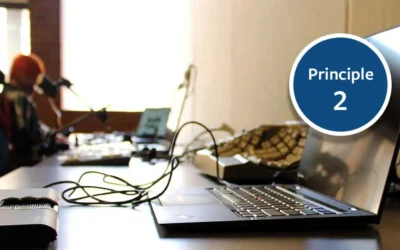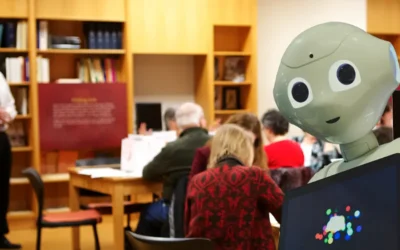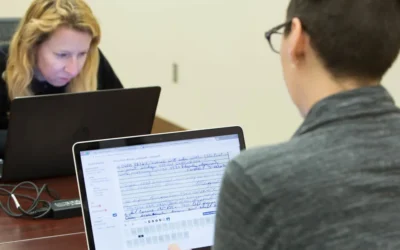What’s New at Lucidea Labs?

Ron Aspe
All our software is developed on a platform we call LucideaCore, with the key advantage that enhancements made for one Lucidea product can be easily leveraged with others, keeping costs down and speeding deployment. We recently launched a project to make our software more accessible to people with disabilities. By virtue of our platform-based approach to developing KM solutions, related new capabilities will soon be incorporated into all LucideaCore products.
Empowering people with disabilities
There is an entire ecosystem of technology products that make it possible for people with disabilities to access the internet as well as use web-based applications within their own organizations. To enable these end users to leverage web-based content, websites must be able to interoperate with assistive technology, such as screen readers and refreshable Braille displays.
Thanks to the Rehabilitation Act, Section 508, requiring all Federal agencies to make their electronic and information technology (EIT) accessible to people with disabilities, there has been much development of standards that make the development job simpler. Vendors can now test their products to see if they meet the standards and, equally important, in so doing be assured their products are compatible with others which together achieve the desired objective of access for all.
Who is required to comply with the act?
As noted above, all Federal agencies must use 508 compliant systems. That said, many large organizations of all kinds are opting to deploy the technology. Wikipedia states that:
“There is nothing in section 508 that requires private web sites to comply unless they are receiving federal funds or under contract with a federal agency. Commercial best practices include voluntary standards and guidelines as the World Wide Web Consortium’s (W3C) Web Accessibility Initiative (WAI). Automatic accessibility checkers (engines) such as “IBM Rational Policy Tester” and AccVerify, refer to Section 508 guidelines but have difficulty in accurately testing content for accessibility.”
A moving but worthy target
Section 508 is a great motivator, but for organizations wishing to be 508 compliant, it can be a challenge keeping up with rapidly evolving web technology. Rather than saying “it can’t all be done” and giving up, we at Lucidea Labs are focusing on what can and striving to constantly improve upon that. We are continually updating the knowledge management capabilities of our software, and consider 508 accessibility an extension of our goal to make information and knowledge easily accessible to all.

Ron Aspe
Similar Posts
Lucidea’s Lens: Knowledge Management Thought Leaders Part 79 – David Garvin
KM expert David Garvin was a proponent of organizational learning to counter unpredictability in market forces and technology advances.
Museum Collections Online with Accessibility Principle 2: Operable
Compliance with WCAG Version 2.1 Principle 2: Operable
Teaching about AI in the Workplace
Suggestions for special librarians from Claude on how to foster cross-generational AI learning communities in the workplace.
Collaborative Archival Relationships
Collaborative projects are instrumental in showcasing how archival collections can benefit various organizational departments.



